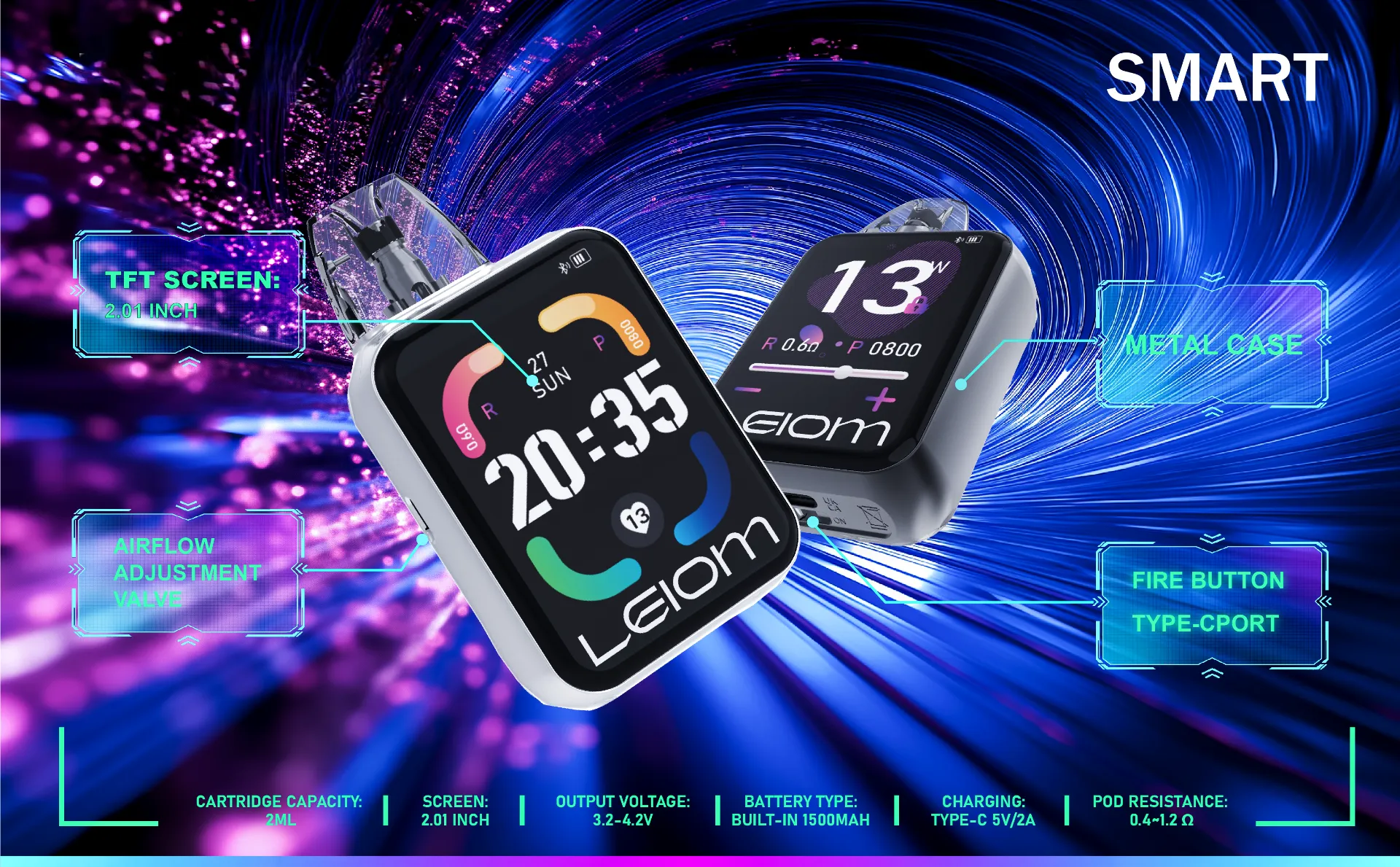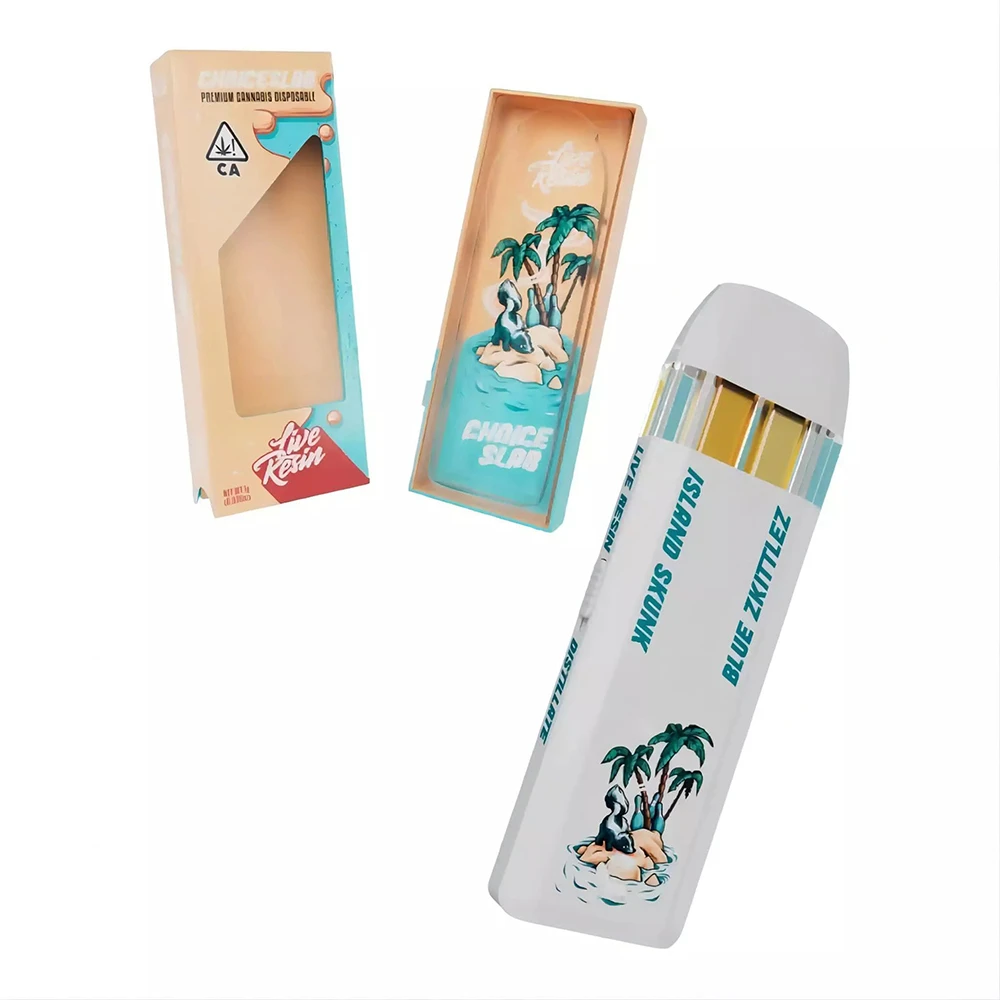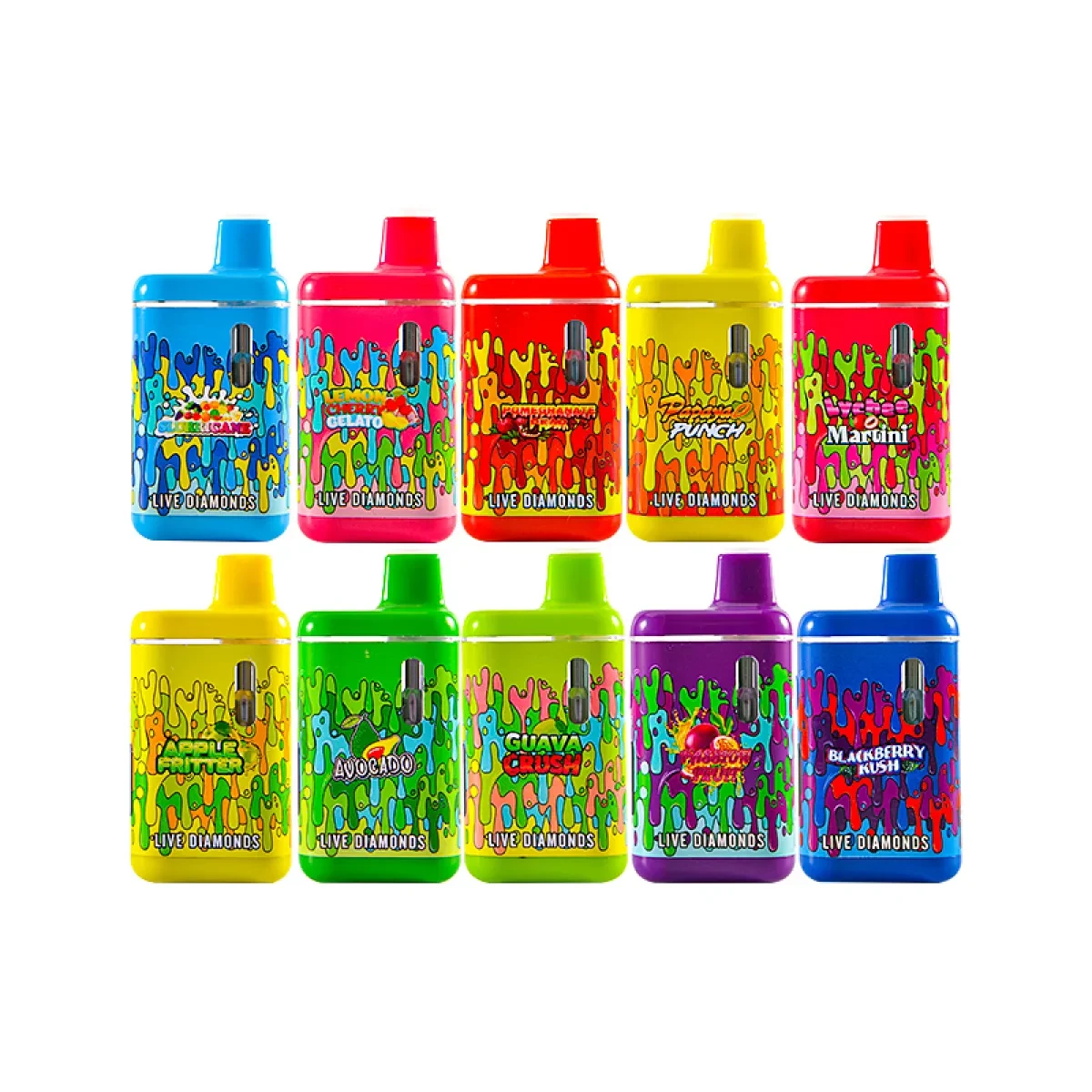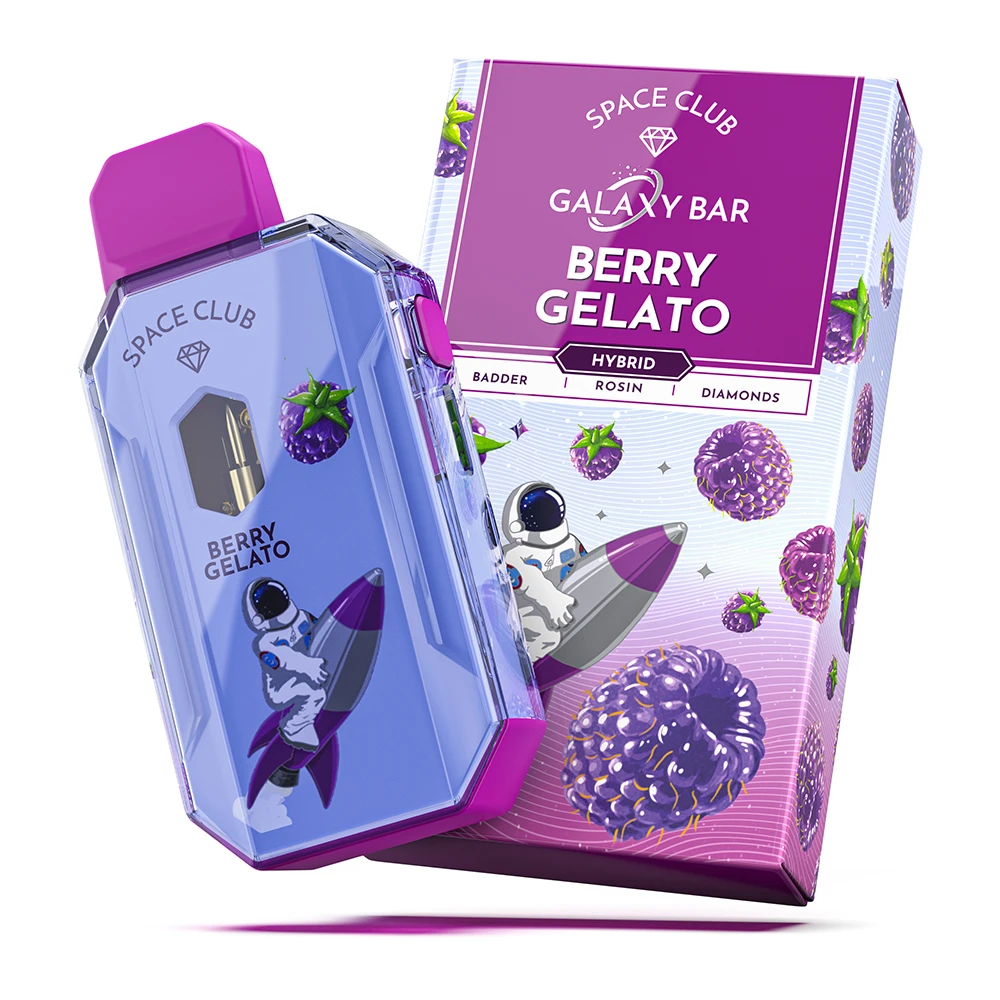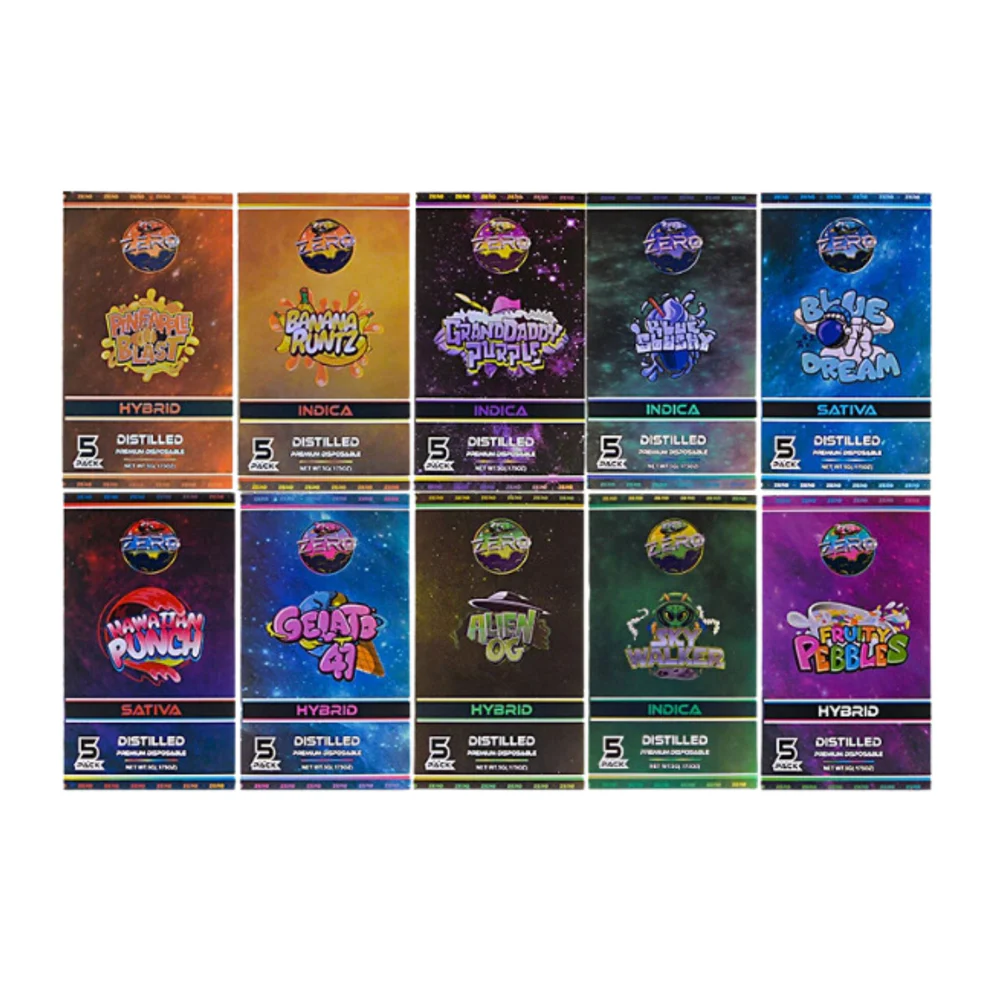- Analyzing the price components of modern rechargeable vaping systems
- Long-term savings comparison: rechargeable vs disposable devices
- Technological innovations enhancing cost efficiency
- Comparative manufacturer pricing analysis
- Customization options according to budget requirements
- Real-world case studies and usage scenarios
- Actionable savings strategies for different user types
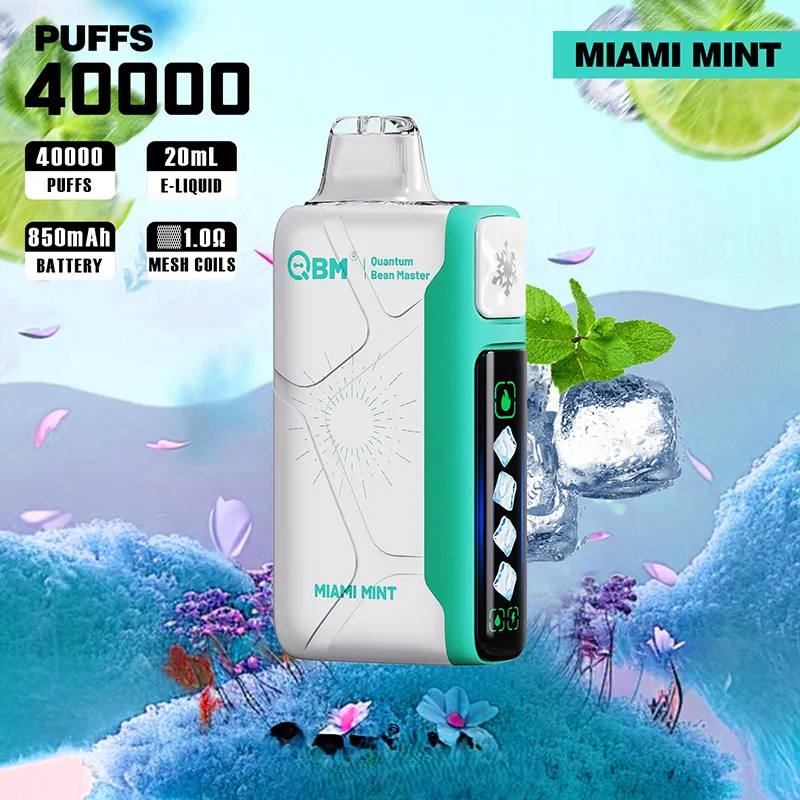
(rechargeable vapes cost)
Understanding Rechargeable Vapes Cost Components
The expense of rechargeable vaping systems encompasses multiple factors beyond the initial device price. Premium batteries with lithium-ion technology typically account for 45-60% of the manufacturing cost, explaining why quality devices range between $25-$80. According to industry analysis from Statista, coil replacements add $5-$15 monthly depending on usage frequency, while e-liquid consumption represents the most variable ongoing expense.
Users report spending approximately $40 monthly on e-liquids with moderate consumption patterns, though heavy users can exceed $100. These figures significantly undercut the $120-$180 monthly cost for equivalent disposable vape usage. Durability also impacts overall expenditure - devices constructed with aircraft-grade aluminum offer 18-24 months of service life versus plastic alternatives degrading within 6-8 months.
Long-Term Savings: Rechargeable Versus Disposable
Financial analysis reveals how rechargeable vapes provide substantial savings within just 3 months. Disposable vapes costing $5-$10 per unit require replacement every 300-500 puffs, accumulating to approximately $80-$140 monthly. In contrast, the breakdown for rechargeable systems shows:
- Initial investment: One-time $30-$65 device purchase
- Monthly coil replacements: $8-$12 (changes every 2-3 weeks)
- E-liquid consumption: $25-$60 (depending on nicotine strength and brand)
- Battery maintenance: Under $5 (USB-C charging)
Research indicates the break-even point occurs after 10-12 disposable units are replaced. After this threshold, rechargeable systems deliver 62-68% monthly savings that compound significantly with continued use. Environmental costs additionally favor rechargeable devices by reducing waste output by approximately 85% annually.
Technological Advancements Driving Efficiency
Modern rechargeable devices employ innovative features that optimize both performance and cost-effectiveness. Variable voltage batteries (3.0-4.8V) reduce e-liquid consumption by 22% through precision heating, while temperature control circuitry extends coil life by preventing dry-burn damage. The emergence of mesh coils has proven particularly impactful:
- Surface area: Increased by 150% for more efficient vaporization
- Wicking efficiency: 35% improvement over traditional coils
- Lifespan extension: Mesh lasts 30+ days versus 10-14 days for conventional coils
Fast-charging technology (USB-C/PD) achieves full battery capacity in under 60 minutes - a crucial advancement reducing standby time for heavy users. Manufacturers increasingly incorporate smart chips that track puffs and coil degradation, providing maintenance alerts that prevent unnecessary replacements and optimize expenditure.
Manufacturer Pricing Structure Comparison
| Brand | Entry Model | Mid-Range | Premium Device | Coil Cost | Monthly Maintenance |
|---|---|---|---|---|---|
| SMOK | $29.99 | $45.00 | $79.99 | $12.99 (3-pack) | $39-$52 |
| Vaporesso | $34.95 | $52.50 | $84.95 | $14.50 (3-pack) | $44-$59 |
| JUUL Pod System | $35.00 | $50.00 | N/A | $15.99 (4-pack) | $68-$85 |
| Uwell Caliburn | $28.99 | $39.99 | $69.99 | $10.99 (4-pack) | $32-$47 |
Premium manufacturers differentiate through pod compatibility systems. Devices accepting third-party coils reduce monthly maintenance by 28-40%. Bulk purchasing programs available through subscription services offer additional 15-20% discounts on consumables. Industry leaders like SMOK have integrated cloud-based platforms where purchasing history unlocks tiered discount rewards.
Cost Customization Based on Usage Requirements
Budget flexibility remains a key advantage of rechargeable systems. Light users who consume 2ml daily can implement low-cost configurations including:
- Device selection: Simple pod systems ($25-$35)
- Coil optimization: Higher resistance coils (1.2Ω) for reduced e-liquid consumption
- Liquid strategy: Budget 50ml bottles ($12) lasting approximately 25 days
- Power management: 800mAh batteries avoiding overspecification
Conversely, high-volume users benefit from advanced configurations that provide better value at scale. Sub-ohm devices with 6ml tanks minimize refill frequency while lowering per-ml costs. DIY coil building kits represent the most economical approach - reducing coil replacement costs by 90% after the initial $20 investment. E-liquid subscription services offer bulk discounts averaging 30% for monthly orders exceeding 120ml.
Practical Applications and User Cases
Documented usage patterns reveal how device selection impacts long-term expenditure. A clinical study following 200 vapers demonstrated significant variance:
- Light users (1-2ml daily): Averaged $71 monthly with disposables vs $38 with rechargeables
- Moderate users (3-4ml daily): $143 disposables vs $67 rechargeables
- Heavy users (5-8ml daily): $285 disposables vs $121 rechargeables
The transition from disposable to rechargeable yielded quantifiable savings within 90 days for all cohorts. Additional benefits emerged beyond cost reductions: 78% reported enhanced flavor control and 82% noted improved battery reliability. Healthcare industry professionals indicate these systems help former smokers maintain cessation programs through consistent nicotine delivery at 22% lower monthly cost than premium tobacco products.
Strategic Approaches to Vaping Cost Reduction
Optimizing rechargeable vape expenditure requires implementing a strategic approach over time. Begin with mid-tier devices balancing initial investment ($35-$45) with future-proof specifications. Prioritize brands offering cross-compatible components to maintain flexibility - for instance, tanks accepting multiple coil types prevent proprietary system lock-in.
Conduct quarterly usage assessments to calibrate nicotine strengths that match actual consumption patterns, typically reducing e-liquid volumes consumed by 15-25%. Bulk purchasing communities enable group buys where consumers collectively order manufacturer-direct for 25-40% reductions versus retail. Developing basic coil maintenance skills extends component life while watching discount cycles ensures replacement parts are acquired during promotional periods.
These practices collectively reduce annual vaping expenses by 45-60% compared to disposable products, while providing superior technical performance across operational metrics like battery consistency and vapor quality.
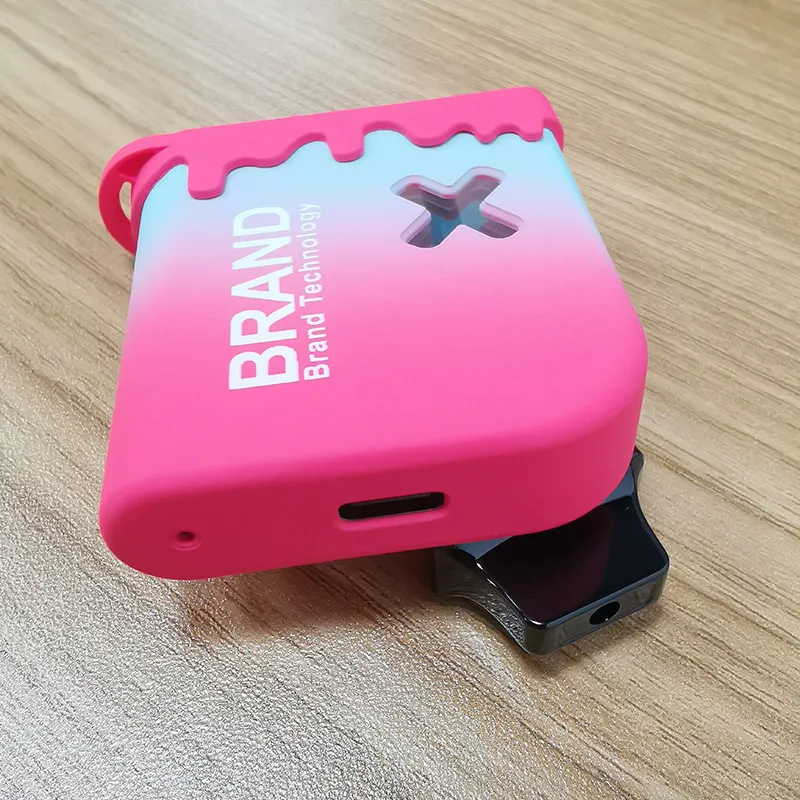
(rechargeable vapes cost)
FAQS on rechargeable vapes cost
Q: How much do rechargeable vapes cost?
A: Rechargeable vapes typically cost $20-$50 USD for starter kits. Mid-range devices run $40-$80, while advanced mods can exceed $100. Prices vary based on battery capacity and features.
Q: What is the average cost of disposable vapes?
A: Most disposable vapes cost $10-$20 USD per unit. Single-use devices contain 300-600 puffs and require no charging. Premium disposables with higher puff counts may cost up to $25.
Q: Are rechargeable vapes cheaper than disposables long-term?
A: Yes, rechargeable systems offer significant savings over time. While disposables cost $15/week with regular use, rechargeables require only $5-$15 monthly for e-liquid. Initial hardware investment pays off within weeks.
Q: What factors affect rechargeable vape costs?
A: Key factors include battery type, tank capacity, and brand reputation. Additional costs include replacement coils ($3-$5 each) and e-liquids. Advanced temperature control features increase prices by 15-30%.
Q: Why do disposable vape prices vary between brands?
A: Pricing differences reflect puff count, flavor variety, and nicotine strength. Budget brands use simpler components ($8-$12), while premium options feature mesh coils and larger batteries ($15-$25). Luxury disposables may include exotic flavors.
Post time:Juin - 04 - 2025

